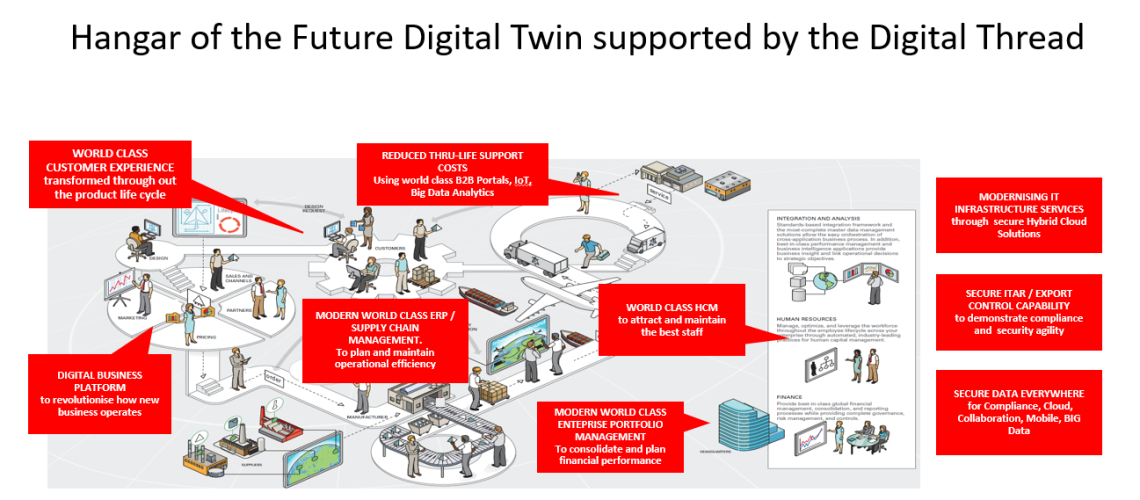HANGAR OF THE FUTURE (HoF) DIGITISING AND AUTOMATING MAINTENANCE ACTIVITIES TO INCREASE THE OVERALL MAINTENANCE PROCESS EFFICIENCY.
Airbus defines the Hangar of the Future as “combining the use of innovative technologies and smart IOT (Internet of Things) connected equipment such as COBOTS (collaborative robots), drones, scanners, cameras, non-destructive sensors, with aircraft technical documentation and in-service data”.
Based on data analytics, Airbus believe the HoF will predict the required maintenance tasks for a given aircraft and optimise maintenance planning and maintenance task execution in order to minimise aircraft on ground (AOG) time.
The Hangar of the Future will optimise the use of disruptive technology, with the method of visual inspection being one of the major changes over the last 10 years and where much of the ‘disruptive technology’ is used. GemDT provides all of these services and more to the MRO channel as a stand-alone service or through an existing MRO provider.
Damage assessment is historically one of the most time-consuming aspects of aircraft maintenance due mainly to the limitations of our unaided capability. The human eye alone is incapable of detecting all but the most obvious damage/irregularities and combined with the manual recording of details this makes the need for a fast, reliable and repeatable method of aircraft assessment essential in modern lean MRO.
GemDT have taken Airbus’ and others visions of the HoF and combined state-of-the-art hardware and software to provide the most comprehensive solutions for the essential visual inspection of civilian and military aircraft for both planned and un-planned maintenance.
By combining Photogrammetry and the Engineering Hub, GemDT offers a unique service in providing whole aircraft scanning using fixed or mobile rig. This allows a complete, fast scan as the aircraft enters a hangar or on its stand within the hangar. Once the scan is complete comparisons are made with previous scans stored as part of the Engineering Hub, any damage or differences become immediately apparent. Newly identified surface dents/irregularities are compared instantly with historical record, rather than the time-consuming traditional manually entered log records; assessment are then made as to whether it affects the airworthiness of the aircraft. The first scan is crucial to MRO engineers establishing baseline parameters and providing historical comparisons that may identify causes of persistent/repeated problems for aircraft they might not have worked on before.
GemDT aims to scan aircraft as new or at the earliest possible time in its lifecycle. Whether the aircraft was first scanned on manufacture or at a later stage in its lifecycle, that first scan provides the basis of the comparisons throughout its entire life, showing wear and tear to the aircraft as well as repairs over its life.

